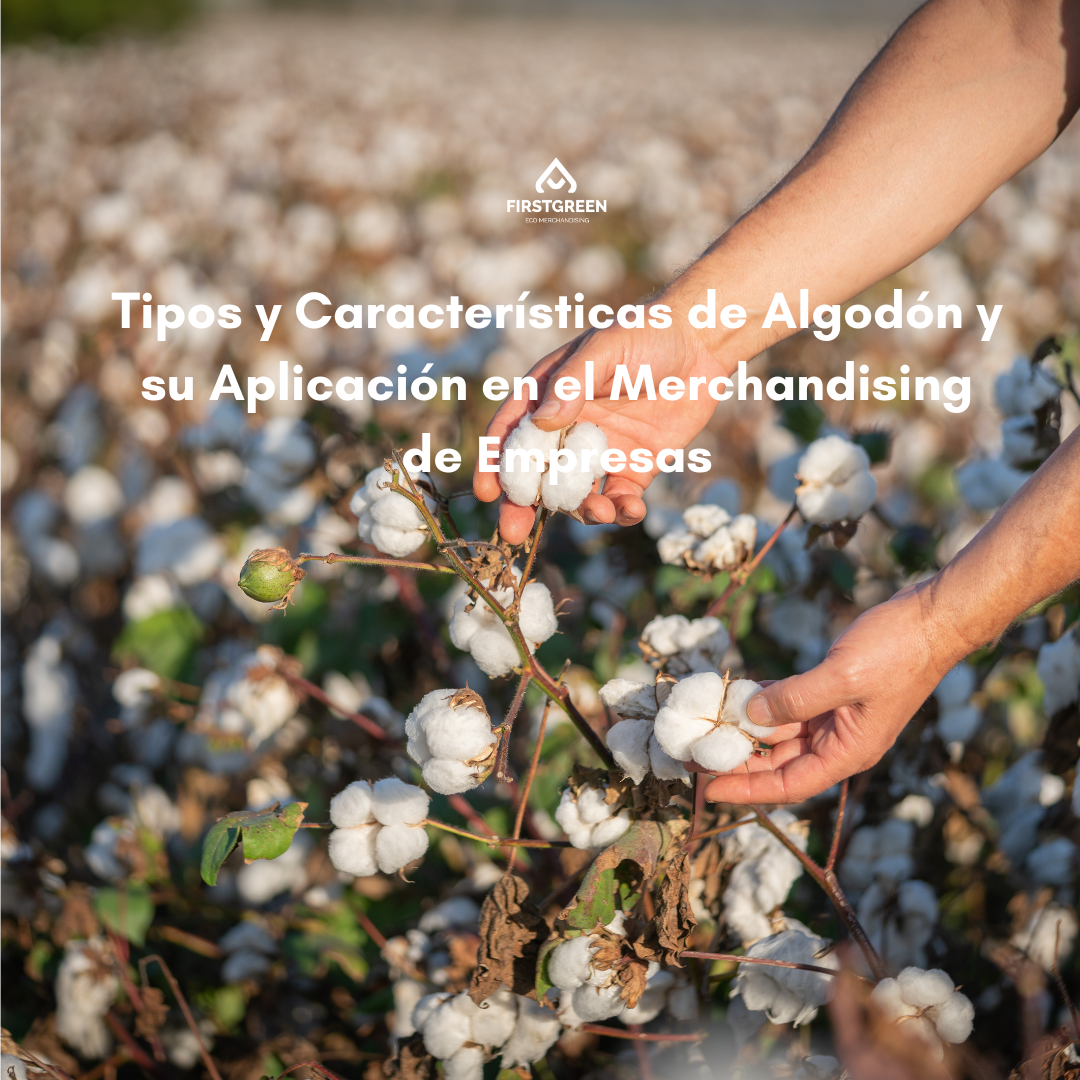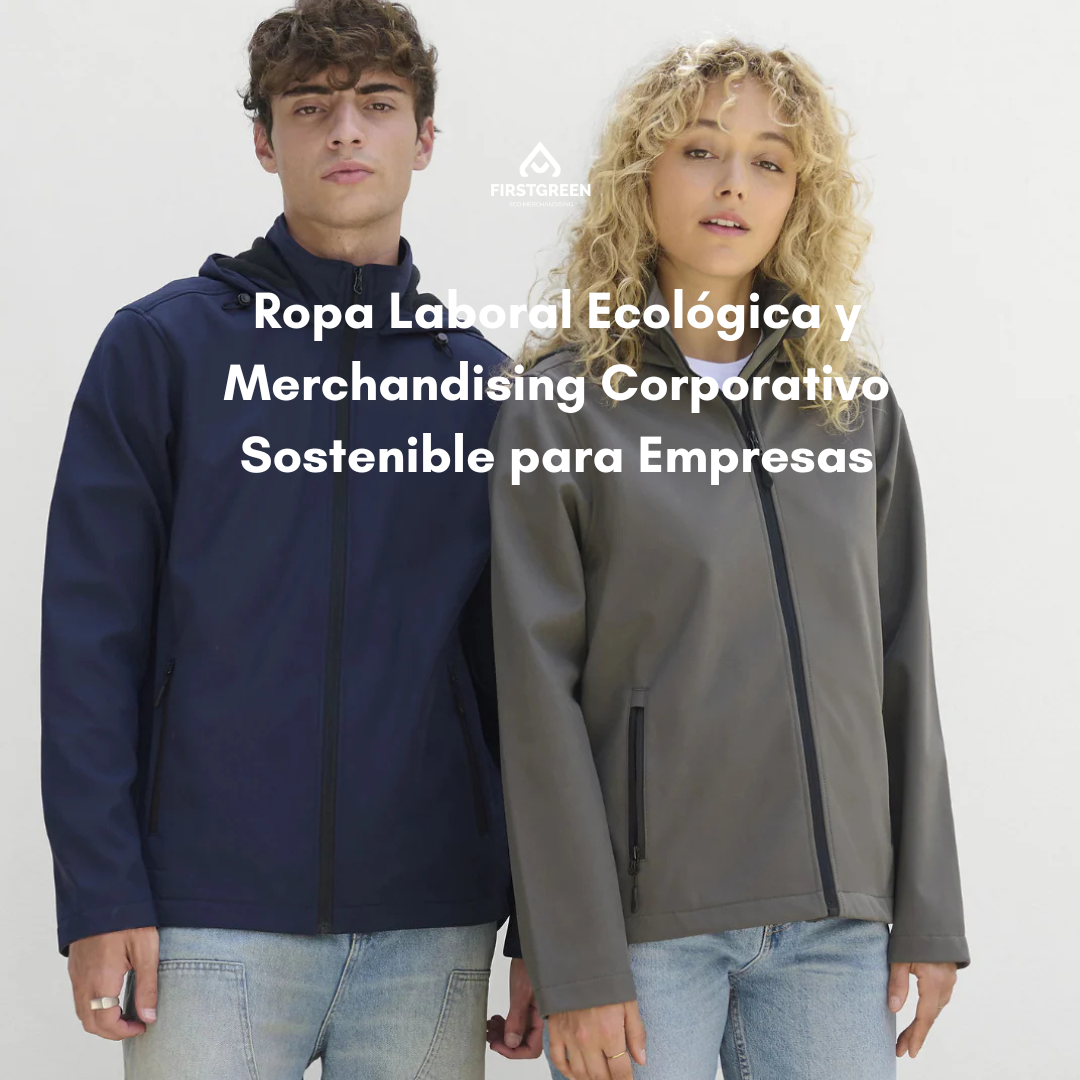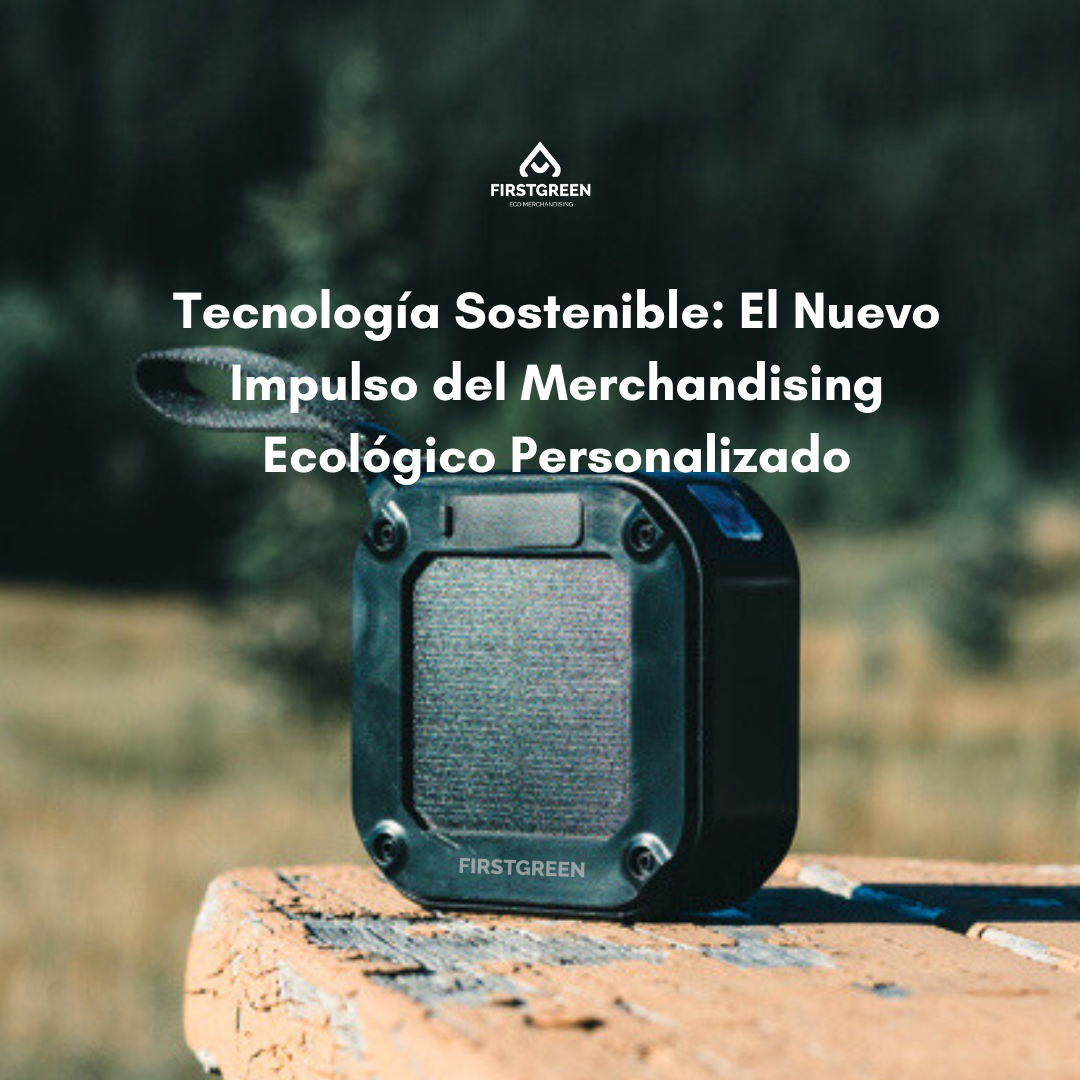There are many garments and accessories made of cotton for advertising and personalization. The latest trends are triggering the increasing use of organic cotton and recycled cotton. What is the difference between them? What processes do they follow? Is the use of this article compatible with the SDGs? Let's shed some light on cotton.
The word cotton means fine fabric. It is a natural fabric made up of 94% cellulose and once treated it becomes 99%. It dates back to ancient times and is of Indian origin. Cotton is the most important natural fibre produced in the world. Its rise began in the 19th century with the industrialisation process and today it still represents almost half of the world's consumption of textile fibres.
The characteristics and properties of cotton make it one of the most widespread and sought-after crops in society due to the following characteristics:
- Breathability : Due to its natural origin, it allows air to flow freely.
- Absorbency : It is capable of absorbing up to 27 times its weight in water. Ideal for making towels, cloths, etc.
- Hypoallergenic : dermatologically tested. This is why it is the most recommended fabric for garments that fit close to the body, such as shirts, t-shirts, polos, sweatshirts, etc.
- Softness : soft and pleasant to the touch. The preferred garment for sleeping.
- Durability : They are very resistant garments.
- Shrinkage and wrinkling : It has very little elasticity and tends to shrink and wrinkle, although in recent times there are treatments to prevent this.
The quality of cotton is determined by its origin and the length of its fiber:
- Short staple cotton or Indian cotton
- Medium staple cotton or American cotton
- Long- staple cotton or Egyptian cotton, the latter being of higher quality
There are several phases in the production of cotton fabrics starting from the thread:
- Phase 1: " penteado " which serves to eliminate any impurities so that the finished garment does not deform.
- Phase 2: weaving the yarn. This is where the "cotton point" is determined. There are several ways of weaving the yarn depending on the thickness, elasticity, and homogeneity. The warp and weft are responsible for giving the fabric one appearance or another (interlock, jersey, rib, jacquard, etc. with their different variants). Among other things, its density per m2 is determined.
- Phase 3: Once woven, the fabric must be prepared for the " bleaching " process. When the thread comes out of the loom, it is raw in color with certain tobacco-colored flecks. This is what we know as "raw cotton." All products are made in the "nature" line with this fabric, that is, it does not enter the dye line.

- Phase 4: " Dyeing " here you can use ecological or chemical and synthetic dyes. Once dyed, the "anti-pilling" is carried out to purify the fabric again.
- Phase 5: " Knock " the fabric being treated to minimize roughness and provide softness.
ORGANIC COTTON
Organic cotton is the same as cotton except that it is grown naturally without the use of pesticides, herbicides, fertilizers or any other chemicals. To be sure that cotton is truly organic, manufacturers undergo a thorough third-party supply chain verification and only certified cotton (e.g. by GOTS ) can be marketed.
The number of organic cotton farms is increasing rapidly, however, it still represents a very small part of total cotton production worldwide. Cultivation of this type of cotton preserves biodiversity, biological cycles and soil well-being .
However, both this crop and conventional cotton are water and energy intensive harvesting processes, meaning that depending on the techniques used, between 5,000 and 10,000 litres of water are needed to produce one kilo of cotton. This is followed by rice and wheat, corn, fruit and vegetables. Cotton cultivation requires 120 days of irrigation followed by a dry period with plenty of light.

RECYCLED COTTON
Recycled cotton: This is the conversion of cotton fabric into fibres that can be used in new textile products. It is also known as recovered or regenerated cotton. There are two sources.
- Pre-consumer : yarn and fabric scraps discarded in the industrial cutting and sewing process. The largest amount of recycled cotton comes from this process.
- Post-consumer : from garments used by the consumer. The smallest amount comes from here, due to the difficult classification, existing accessories, etc.




